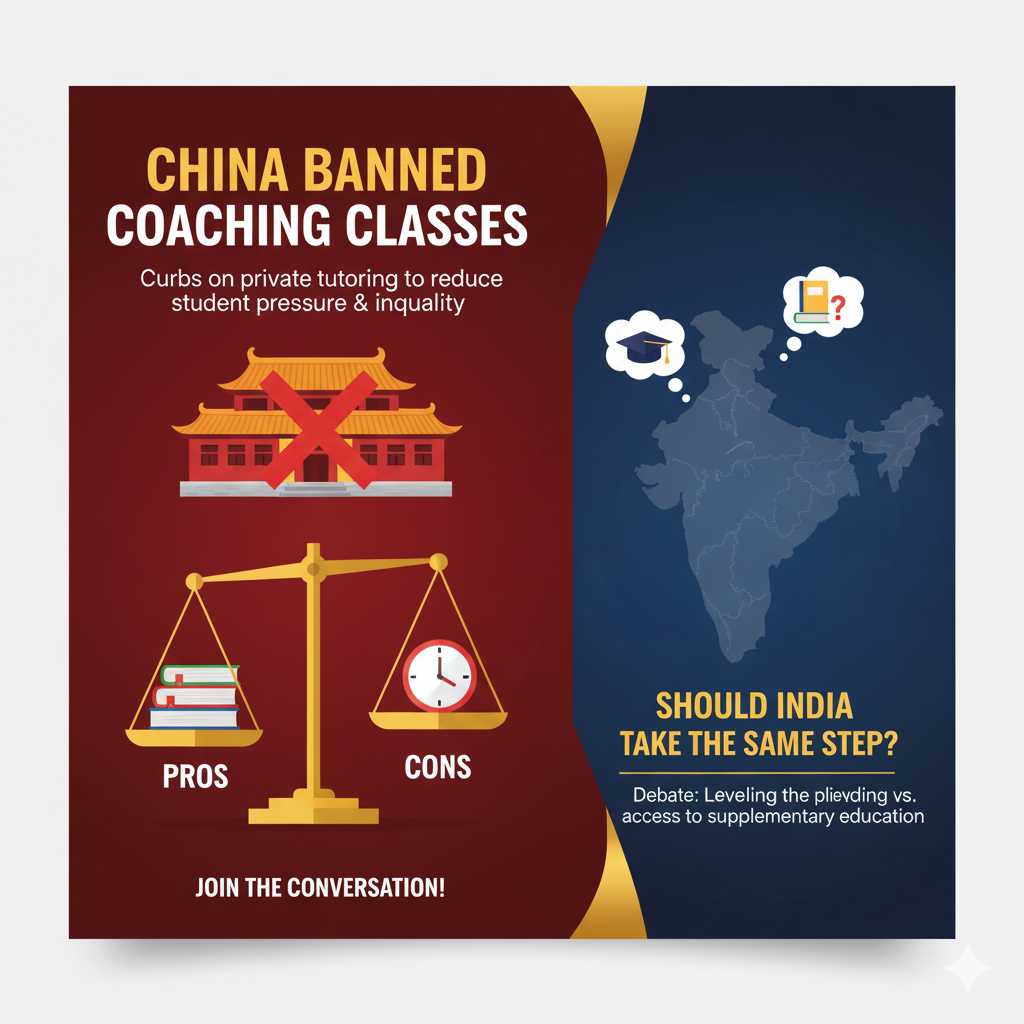
Under Donald Trump’s second term, U.S. foreign aid is shifting toward a strategy based on national interest rather than global goodwill. With the shutdown of US AID earlier this year, assistance now depends on a country’s strategic value to Washington—marking a new, more selective era of American diplomacy.
Post-US AID Era: Aid driven by strategy, Not sympathy
The Trump administration’s new approach—outlined under Executive Order 14169, “Reevaluating and Realigning United States Foreign Aid”—focuses on rewarding allies that align with U.S. goals. Traditional humanitarian projects now serve broader geopolitical aims.
- During a visit to Hanoi, U.S. Defense Secretary Pete Hegseth signed a pact with Vietnam to address war legacy issues such as Agent Orange cleanup and missing soldier recovery.
- The move strengthens ties with Vietnam, a key partner against China’s influence in Southeast Asia.
- Washington added $130 million to its original $300 million assistance for decontamination, signaling that aid continues where it supports U.S. strategy.
- Cambodia received a $675,000 demining grant and trade benefits, helping counter China’s regional presence.
- The Philippines remains a major recipient of U.S. assistance, with programs supporting fishing rights, disaster management, and health initiatives
Selective support and regional impact
- The Pacific Islands, once heavily reliant on U.S. aid, now await Secretary of State Marco Rubio’s decision on $1 billion in pending funds.
- Australia and New Zealand have stepped in to fill aid gaps, underscoring U.S. retreat concerns.
- Sri Lanka continues to receive funding for demining due to its key location, while Nepal—lacking major strategic value—faces ongoing cuts.
The future of U.S. foreign aid under Trump is no longer guided by global development ideals but by geopolitical calculus. Assistance flows where it serves America’s strategic interests—turning aid into a diplomatic tool to compete with China and strengthen Washington’s influence across the Indo-Pacific.


